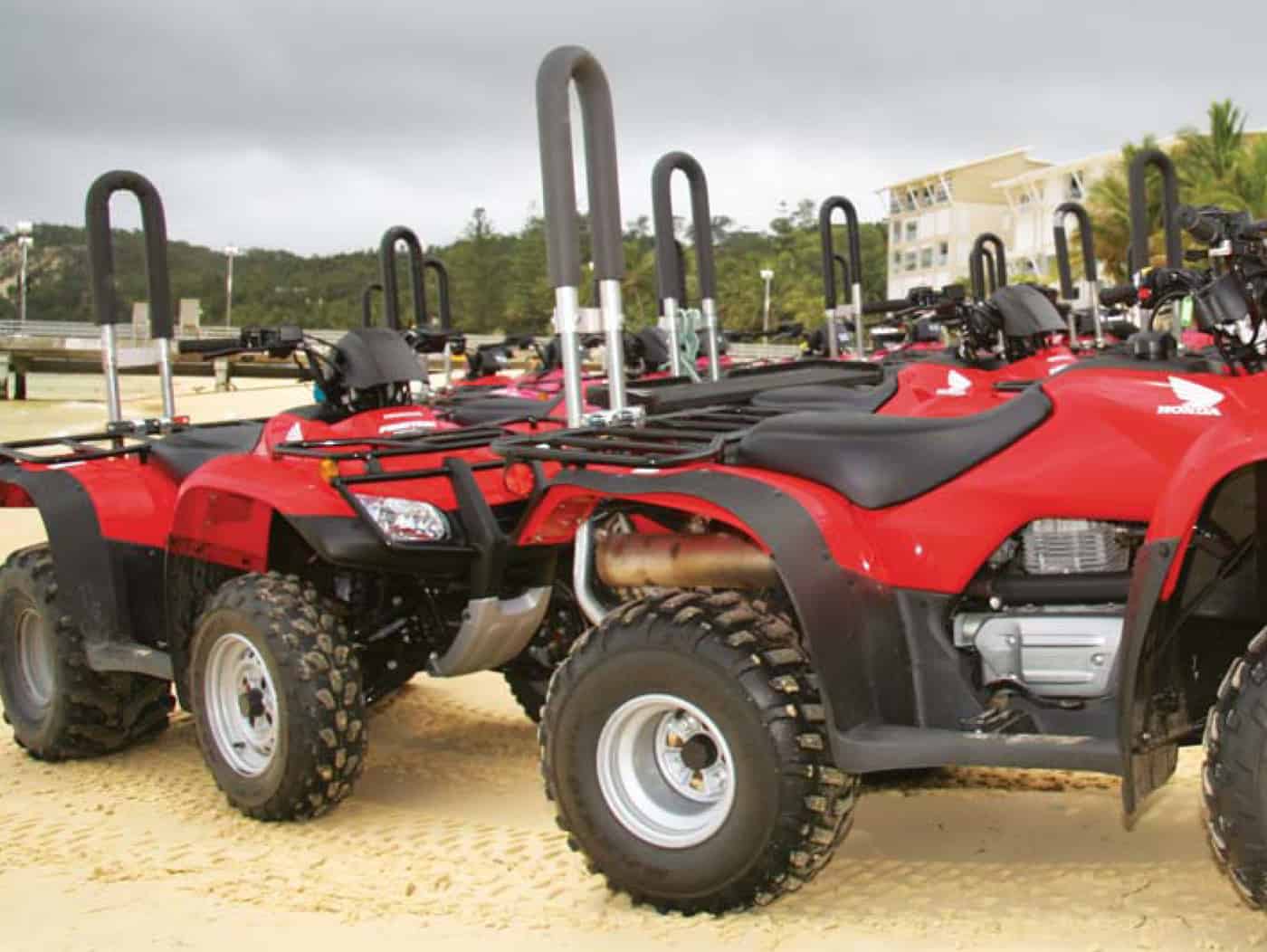 In May 2013 Fiona Austin (@upfrontfi) a lawyer with the Australian law firm, Herbert Smith Freehills (HSF), tweeted:
In May 2013 Fiona Austin (@upfrontfi) a lawyer with the Australian law firm, Herbert Smith Freehills (HSF), tweeted:
“Great win in the Supreme Court! No more naming and shaming for health and safety offenders in Queensland”
The Supreme Court decision is an appalling situation over which OHS professionals and regulators should be outraged.
Austin and other HSF lawyers authored a longer article on the case and totally miss the point of why OHS offenders should be named. Shaming of offenders is a different matter.
The article explains how a decision under the Penalties and Sentences Act 1992 (Qld) may stop the OHS regulator in Queensland, Work Health and Safety Queensland, from listing the names of offenders on its website. Continue reading “Supreme Court decision limits public knowledge of OHS offences”



